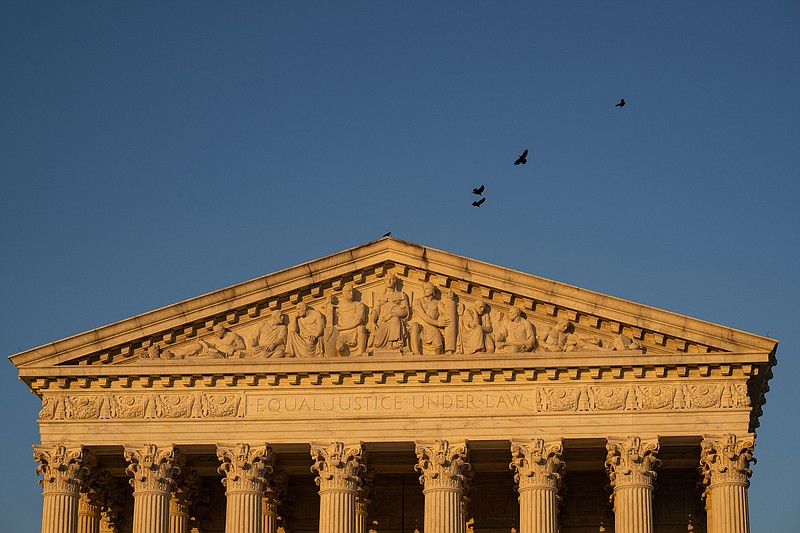When the Supreme Court first ruled universities could consider race in their admissions process, in 1978's Regents of the University of California v. Bakke, the nine justices wrote six opinions among them. The court's divisions were suggestive of an enduring uncertainty in the debate about affirmative action, which returned to the Supreme Court in oral arguments: Even among its supporters, there isn't always a consensus over what affirmation action is for.
First, affirmative action might be a form of reparations, redress for African Americans after the centuries in which they were enslaved and then denied equal protection of the law. This is the implication of Lyndon Johnson's famous Howard University address, in which he described the unfairness of freeing a person "hobbled by chains" for years and telling them "you are free to compete with all the others" without providing redress. It's the clearest moral case for affirmative action -- that the multigenerational consequences of slavery and Jim Crow require an exception, for some period of time, to official principles of nondiscrimination.
But this simple case has difficulties. It conflicts with the most straightforward reading of the Civil Rights Act. It makes affirmative action a policy with a relatively narrow constituency. It suggests to young, ambitious African Americans that they need liberal paternalism to succeed. And it implies an eventual sunset date, since with every succeeding generation of beneficiaries, Johnson's logic becomes less compelling.
To answer these difficulties, a different theory enters: Instead of a case for reparations, tied explicitly to slavery and segregation, it depicts a generalized racial diversity as an educational necessity ... and therefore something admissions offices must be able to consider.
This is the theory put forward by the author of the Bakke ruling, Lewis Powell. It was upheld by Sandra Day O'Connor in 2003's Grutter v. Bollinger. It has been embraced by universities as an organizing concept, a vision of the highest academic good.
And for understandable reasons. The diversity argument reduced affirmative action's tension with the letter of the law. It created a larger constituency for the policy, since any underrepresented minority could theoretically benefit. It blurred the policy's impact so that African American students wouldn't feel singled out for condescension. And it didn't necessarily imply a sunset.
Meanwhile, from the perspective of the university's self-interest, racial diversity promised to be a legitimizing force for meritocracy. By ensuring adequate representation from every major ethnic group, elite schools were relieved of the fear that if their graduating classes didn't look like a changing America, at some point America might look elsewhere for a ruling class.
But that emphasis on how graduates look points to what became a key problem with this approach, which is that after decades of diversity talk, everyone can see that elite student bodies are as stratified and set apart as ever. And with the reparations argument set aside, the general quest for racial diversity doesn't obviously answer the problem Johnson identified, since a scion of the Nigerian upper class might be its beneficiary instead of a descendant of American slaves.
All this helps explain why so much cynicism attaches to academic diversity rhetoric; it's one reason why affirmative action is consistently politically unpopular.
But it's taken the claim that universities have ended up discriminating against some minority applicants, against Asian Americans specifically, to push the system into crisis.
The Asian American case has split affirmative action's panethnic constituency; at a certain point, all minorities don't benefit from engineered diversity, it turns out.
But the question before us is not just whether an admissions preference for African Americans should continue. The system the Supreme Court will pass judgment on has become a strange monster of elite self-interest and self-regard, stained by seeming anti-Asian bigotry and shot through with unsustainable tensions. Whatever comes next, it probably deserves to fall.
The New York Times
